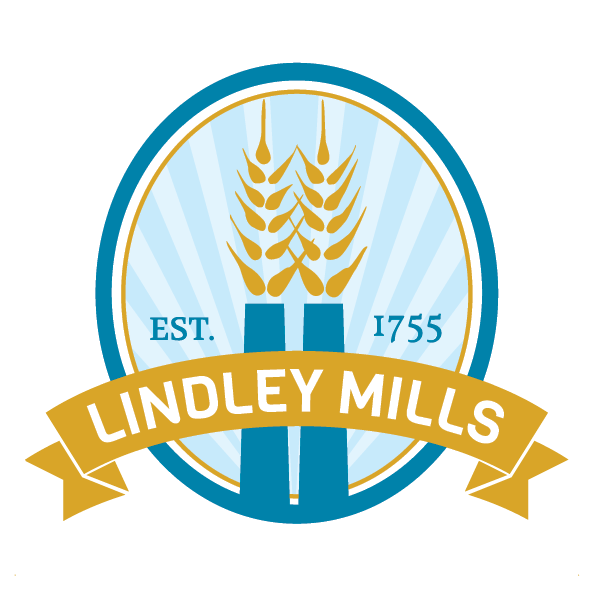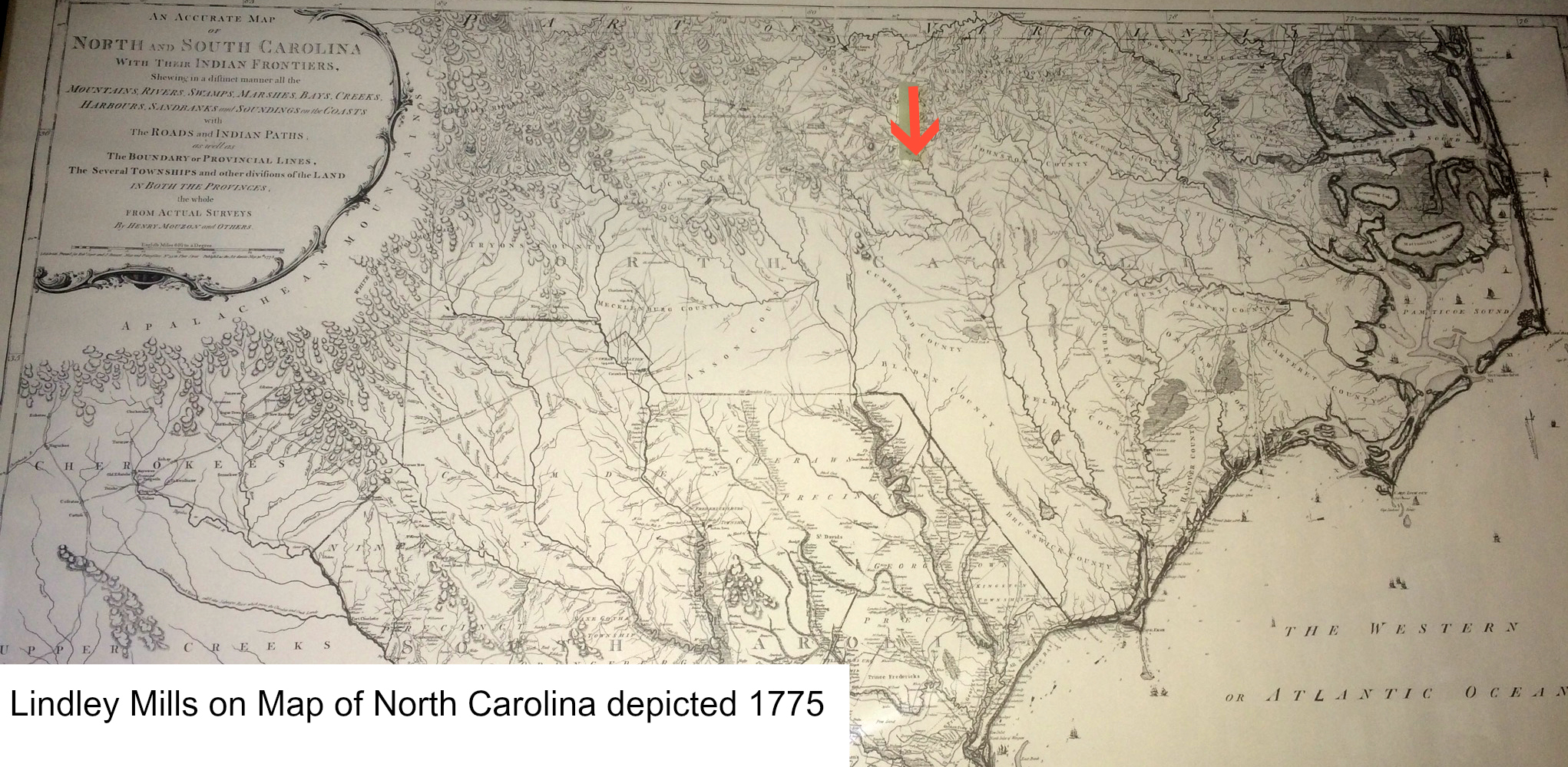 This past Tuesday marked the 235th anniversary of the Battle of Lindley’s Mill, and we’re honoring this important moment in our collective history all week long. Read our blog on the Battle of Lindley’s Mill here, and be sure to check back with us to continue reading more in this series. Today we will go back to the early 1700s, where the first settlers began building the foundation for a thriving community around what we still know today as Lindley’s Mill.
This past Tuesday marked the 235th anniversary of the Battle of Lindley’s Mill, and we’re honoring this important moment in our collective history all week long. Read our blog on the Battle of Lindley’s Mill here, and be sure to check back with us to continue reading more in this series. Today we will go back to the early 1700s, where the first settlers began building the foundation for a thriving community around what we still know today as Lindley’s Mill.
Agricultural Roots
The deepest of our agricultural roots here in Alamance County reach back to the small Native American villages. The native people of the Haw River (the Sissipihaw) lived bountifully off the land in the North Carolina Piedmont through hunting, fishing and farming for thousands of years before the Europeans arrived.
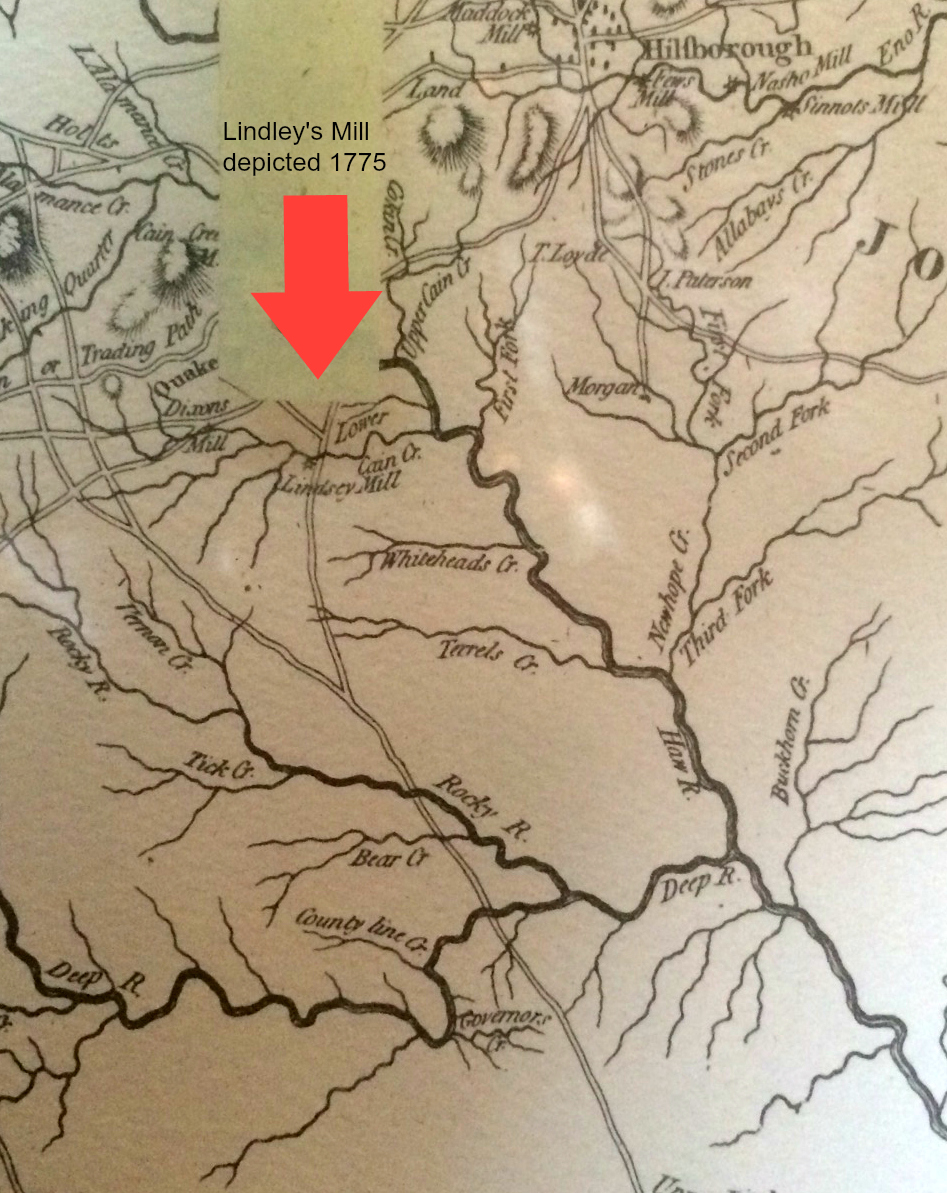 When the first Europeans began to settle the area, they established family farms in the hilly and fertile soil of the region. Many Quakers of English and Irish descent, like our own Thomas Lindley, settled around the Cane Creek area near what is now called Snow Camp. These early settlers had to meet their basic needs of food, water, and shelter. They grew wheat, corn, oats, and rye successfully and soon gristmills popped up along Cane Creek in order to make flour to feed the community. Both the Haw River and Cane Creek were crucial to the agricultural (and later on) the textile industries of our region--both as a source of drinking water as well as a source of hydropower for the mills.
When the first Europeans began to settle the area, they established family farms in the hilly and fertile soil of the region. Many Quakers of English and Irish descent, like our own Thomas Lindley, settled around the Cane Creek area near what is now called Snow Camp. These early settlers had to meet their basic needs of food, water, and shelter. They grew wheat, corn, oats, and rye successfully and soon gristmills popped up along Cane Creek in order to make flour to feed the community. Both the Haw River and Cane Creek were crucial to the agricultural (and later on) the textile industries of our region--both as a source of drinking water as well as a source of hydropower for the mills.
Households usually moved in groups of neighbors (who might have also been relatives) and settled along choice sites on streams. The miller Simon Dixon brought his millstone from Pennsylvania when he settled with his neighbors at the Snow Camp section of Cane Creek. Neighbors Hugh Laughlin and Thomas Lindley also built their grist mill on Cane Creek in 1755. By the late 1830's there were 41 grist mills in present-day Alamance County. In contrast, today, North Carolina boasts only 6 of the 35 independently owned mills in America.
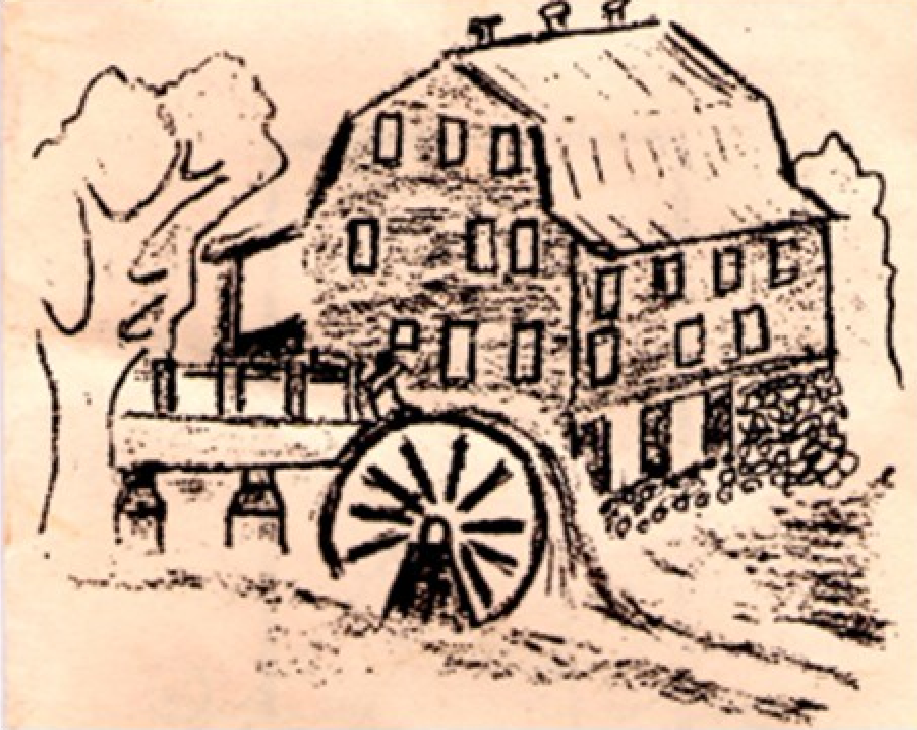
Mills reflected the region’s early economy, which was independent, self-sustaining, and based on the family farm. Each farmer brought his wheat to his local miller who ground it into flour for him. Millers were often paid by taking a portion of the finished product for their “toll.” Some mills also packaged flour for the general public in 100 lb. bags or 196 lb. barrels. Although millwrights often traveled around to sharpen stones and perform other maintenance work on mills throughout the county, each miller was a skilled craftsman in his own right. A successful miller's traits were often a combination of business owner, engineer, scientist, artisan, and handyman.
Even with electricity and technology today, our millers remain true artisans. While we have more refined scientific testing for the wheat before, during, and after milling, the miller still has to hand-tune the equipment to get the best possible product. Each truckload of wheat is a little bit different, depending on the growing conditions, which affects how our millers treat and mill each batch to get the best possible final product for our customers.
The Lindley Legacy
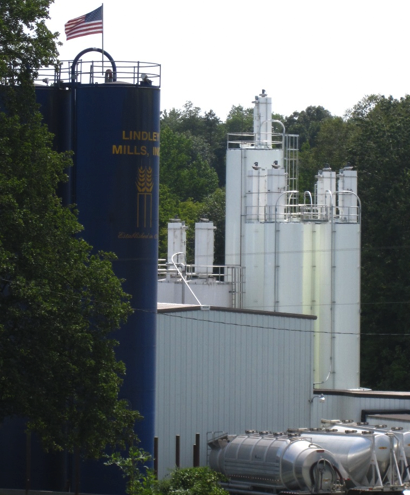 In colonial times, mills served as the community hub for food and the crossroads of communication. Throughout its history, Lindley’s Mill has filled many purposes from grinding the community’s grain to being a polling place. Our mill also hosted a blacksmith, sawmill, and operated a post office at some point during its 261 year history. It was the location of a general store and at least one medical practice, serving the community in a variety of ways.
In colonial times, mills served as the community hub for food and the crossroads of communication. Throughout its history, Lindley’s Mill has filled many purposes from grinding the community’s grain to being a polling place. Our mill also hosted a blacksmith, sawmill, and operated a post office at some point during its 261 year history. It was the location of a general store and at least one medical practice, serving the community in a variety of ways.
While much has changed over the last two and a half centuries, we still provide a staple product to our community of local bakers just like our ancestors did years ago. With the introduction of roller mill technology to the U.S. in the 1800’s, efficiency and speed became a new priority and industrialized milling was born. Instead of making each individual farmer’s flour, mills grew and became more efficient by grinding a large quantity of just one type of flour. As mills grew in scale, they moved to the midwest to be closer to the source of the best grain available from America’s heartland. Advances in technology have allowed us to extend our reach and provide our products to great bakers on a national scale, but we still take the same care with each order that our founders did with their neighbors’ grain. When you purchase a bag of Lindley Mills flour, you know that you are buying the same flour that we bake with at home and that we provide for our friends, families, and neighbors.
Instead of selling to a larger corporate competitor or moving to the Midwest, we chose to remain family-owned and in our local community. This legacy is a reflection of our core values, and we’re proud to continue serving our dedicated customers by making the highest quality organic flour possible and honoring the tradition of our ancestors.
Sources:
1. Alamance County, NC online, "The Colonial Period." Acessible online here.
2. Alamance County Historic Properties Commision, "Alamance County Architectural Inventory." Accessible online here.
3. Benjamin Briggs and Molly Vacca, "Alamance County Architectural Survey Update," History of Alamance County (1670-1945). Accessible online here.
4. Encyclopedia Online, "Flour Milling." Accessible online here.
5. Haw River Assembly, "Natural and Cultural History of the Haw River." Accesible online here.
6. Hazen, Theodore, "The History of Flour Milling in Early America." Accessible online here.
6. The Lindley Family History Blog: http://thelindleyfamilyhistory.yolasite.com/snow-camp-nc.php
7. United States Department of the Interior National Park Service, "National Register of Historic Places Inventory: Newlin Mill." Accessible online here.
8. Whatley, L. McKay, "Notes on the History of Randolph County, NC." Acessible online here.
